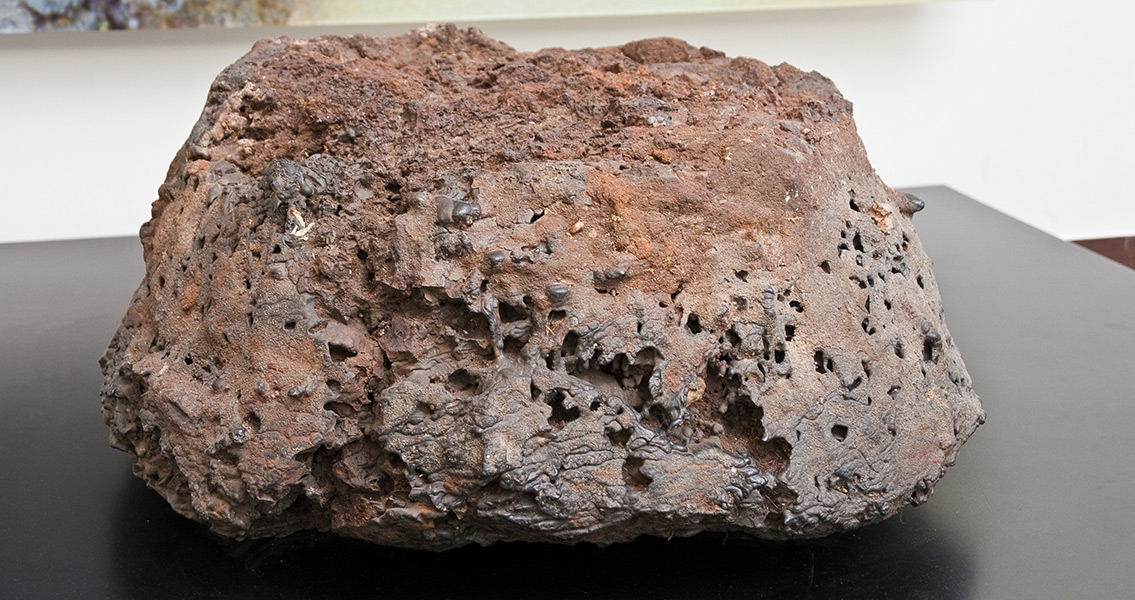<![CDATA[Archaeologists walking along a road leading to Lake Baikal, a popular tourist destination in Irkutsk, Russia, happened to notice slag (a by-product from the smelting process by which a desired metal is separated from raw ore) on the road’s surface. Further testing revealed the presence of two underground structures, which excavation at the site revealed to be two stone furnaces dating back to around 1,000CE. Experts believe the furnaces were used to smelt the iron ore used for weapons (arrowheads, knives and quiver hooks) as well as sickles, harness parts, and belt buckles. The forge was likely used by the medieval Kurykan people, who were known for their blacksmithing skills. Blacksmithing work involves heating pieces of steel or wrought iron until the metal is soft enough to shape using hand tools, such as an anvil, hammer, and chisel. The heating process generally happens in a forge, such as the ones found at the site. Essentially a fireplace or hearth, a forge is typically designed in such a way that the fire can be controlled so that metal which is introduced to the fire can obtain a malleable state, or to create other metallurgical effects such as hardening or tempering. The forge fire is controlled in three ways; the amount of air, the fuel volume, and form of the fuel/fire. "Judging by the amount of iron, which can be produced with such forges, the locals managed not only to meet the needs of their own territory, but also to export production to neighboring areas," Artur Kharinsky, with Irkutsk National Research Technical University, told the Siberian Times. In addition to the furnaces, researchers discovered the remains of a clay cover and pieces of ore, more evidence of the advanced metallurgical technology and proof a metallurgical workshop existed at the site. Radiocarbon testing will be completed to verify the age of the furnaces. The furnaces aren’t the oldest discovered in this region of Siberia, they do however, indicate a much more advanced level of metallurgical technology than previously known. Even the site, which is located several dozen meters above the lake, was seemingly chosen to optimize the amount of wind which is needed for the combustion process. “The metallurgical traditions in this region are rooted in much more ancient times”, Kharinsky said in the Siberian Times. “The first finds were made in 1998 and the numerous discoveries came in the following years showing us that the Baikal region was one of the largest metallurgical regions in Asia at the end of first millennium B.C., and early in the first millennium A.D.” Despite the migration processes occurring at the time, these metallurgical technologies not only continued, they were improved upon and passed on to future generations. The earliest known metal used by humans appears to have been gold which is naturally occurring. Small quantities of natural gold have been unearthed in Spanish caves used during the late Paleolithic era (around 40,000 BCE). Silver, tin and copper can also be found in their native form, and allowed for limited metalworking in ancient cultures. ]]>
Ancient Stone Furnaces Discovered Under a Road to Russian Tourist Spot
